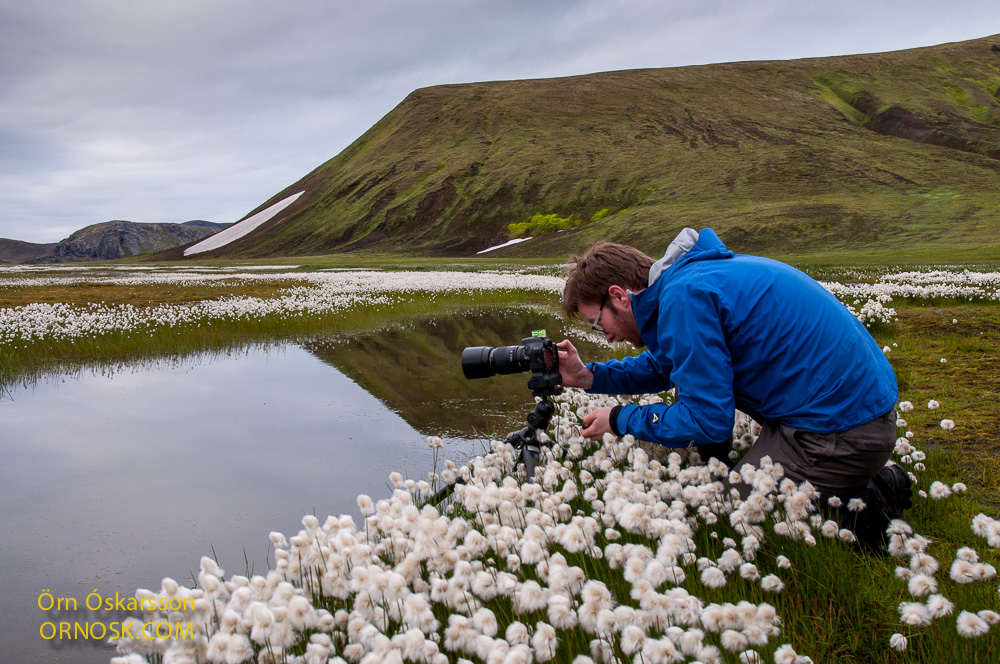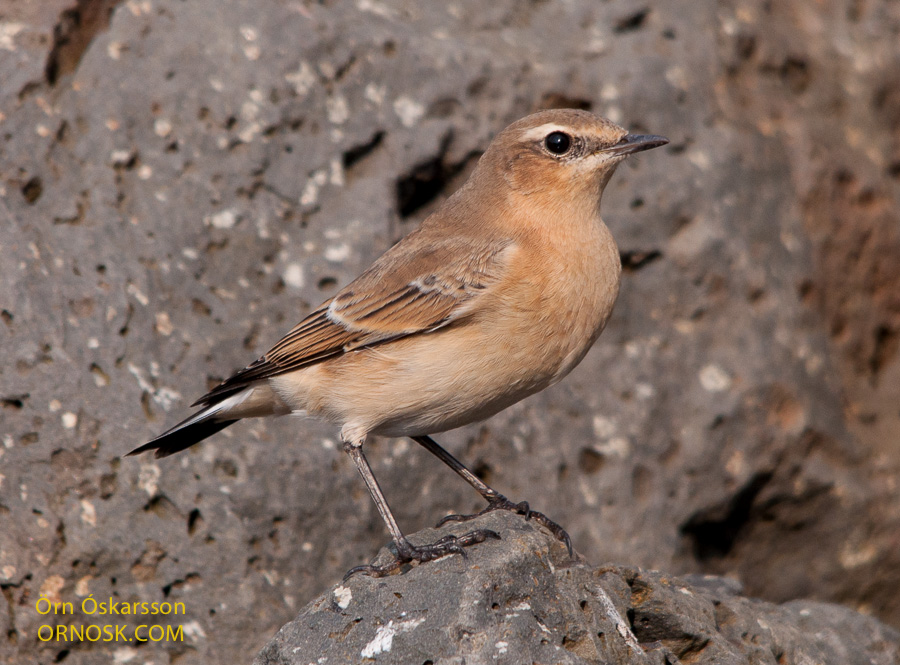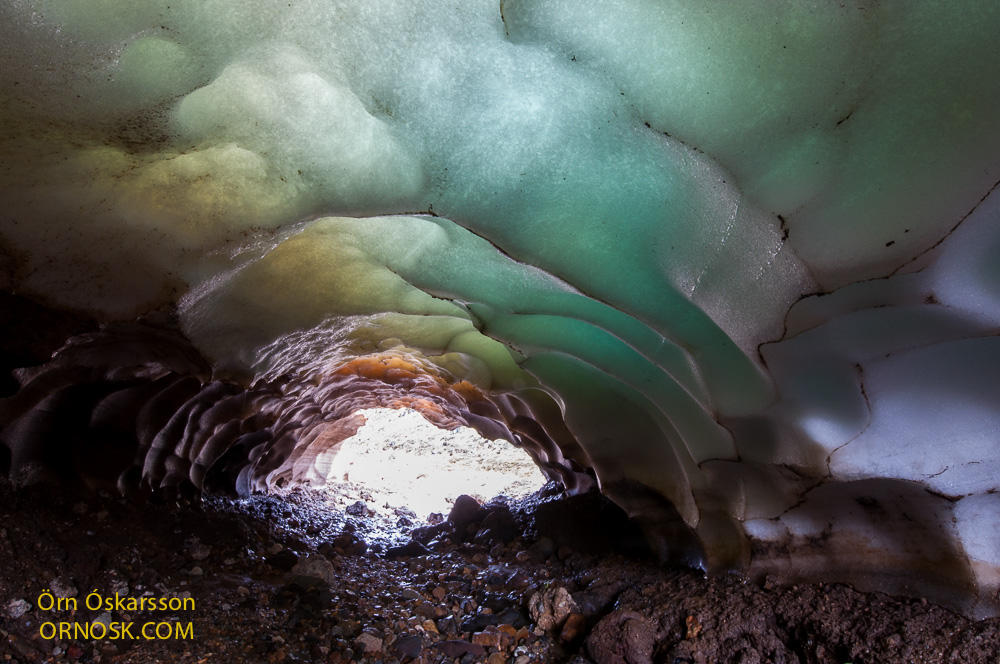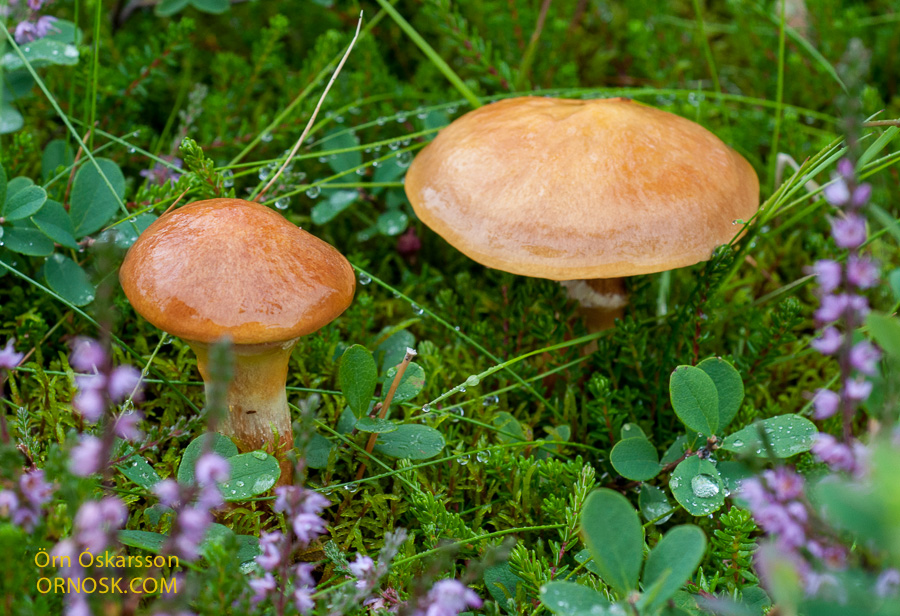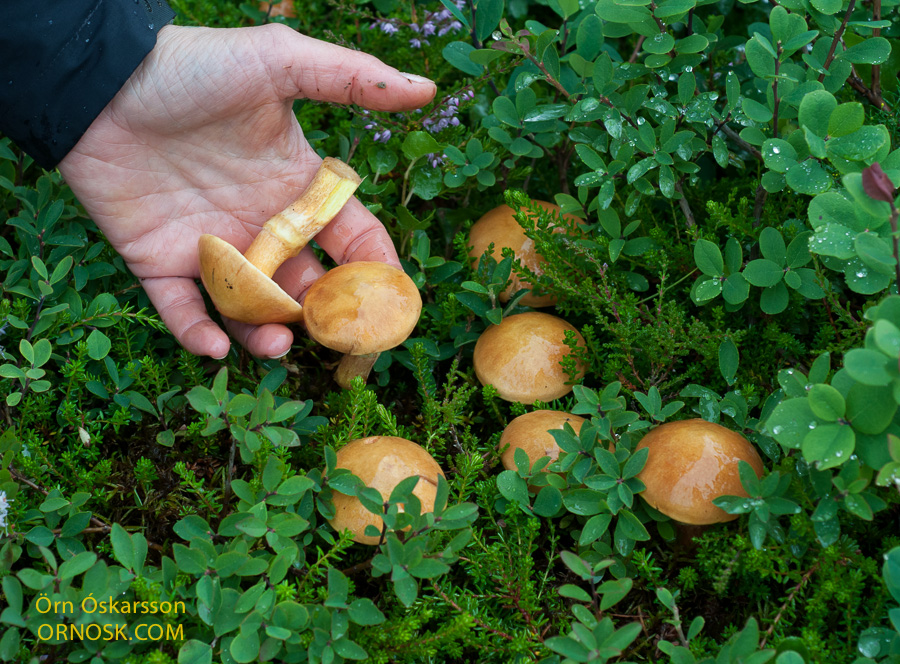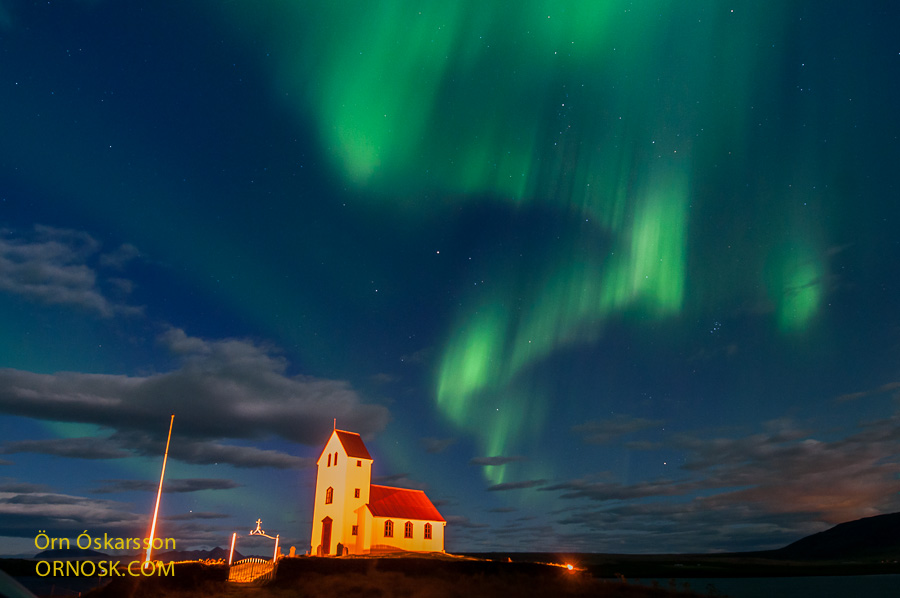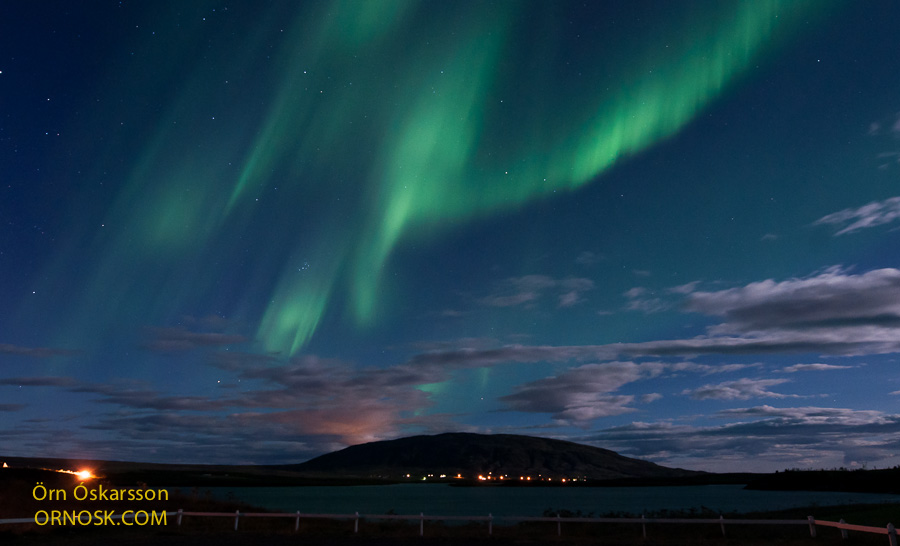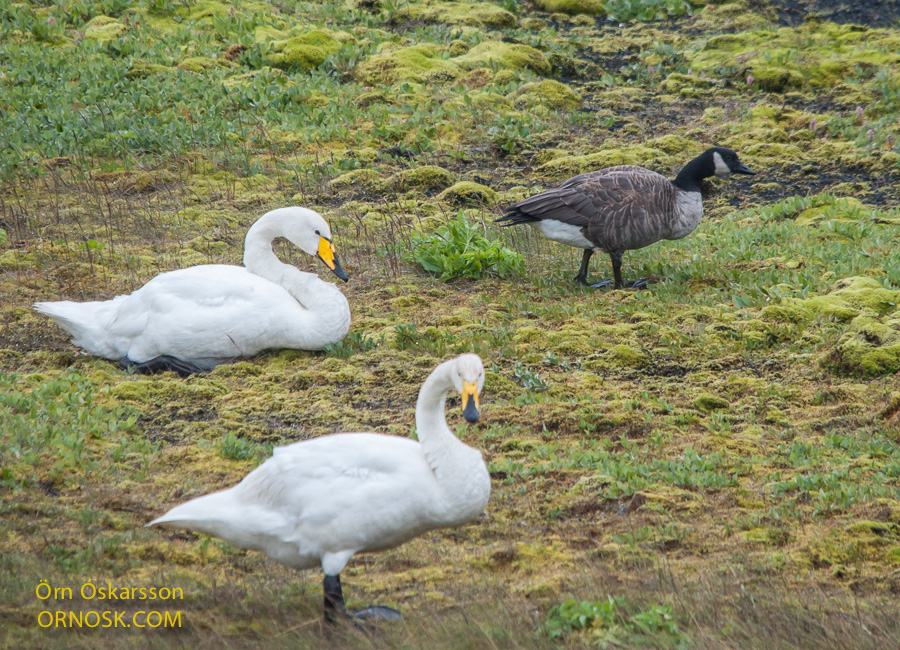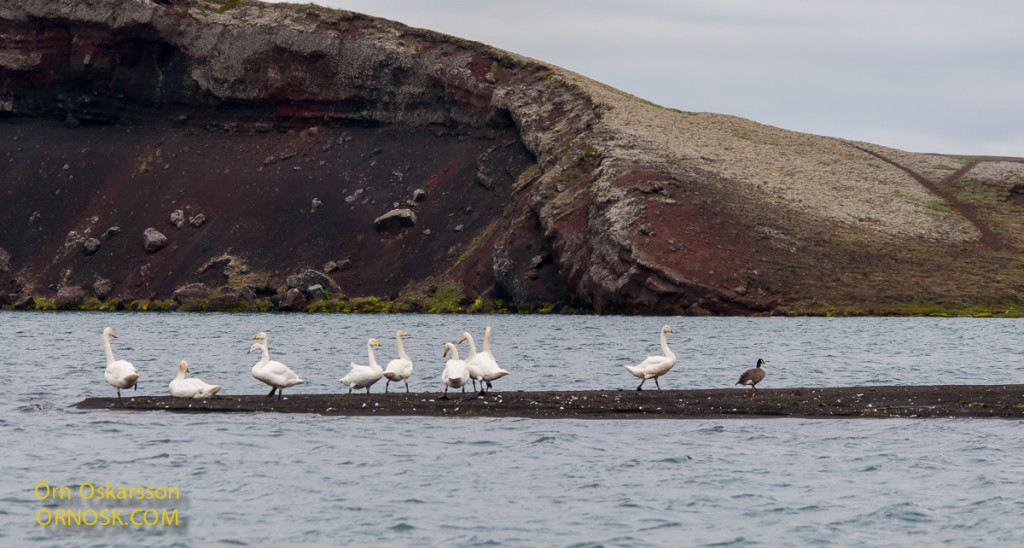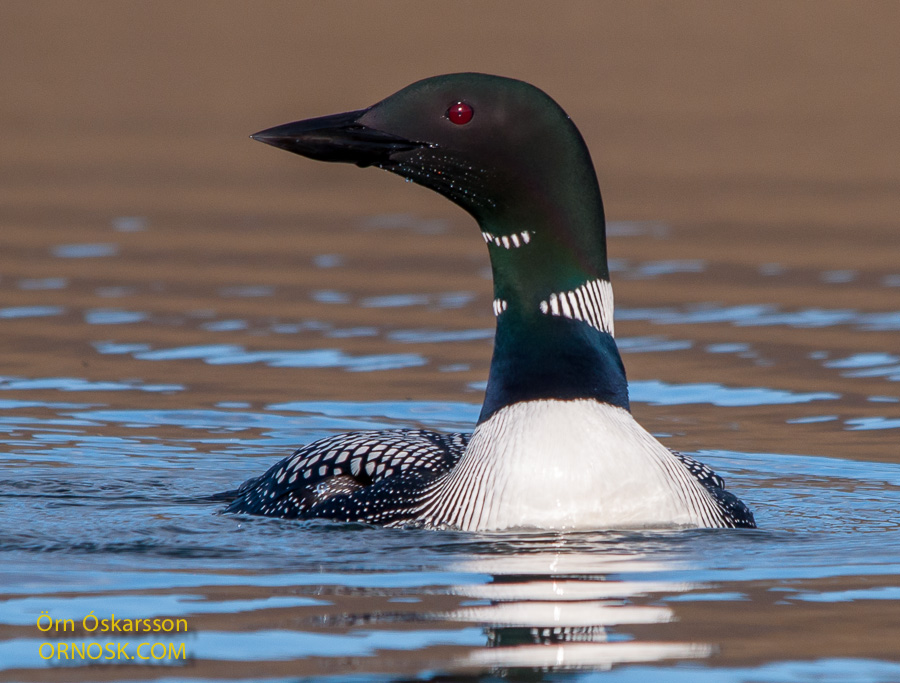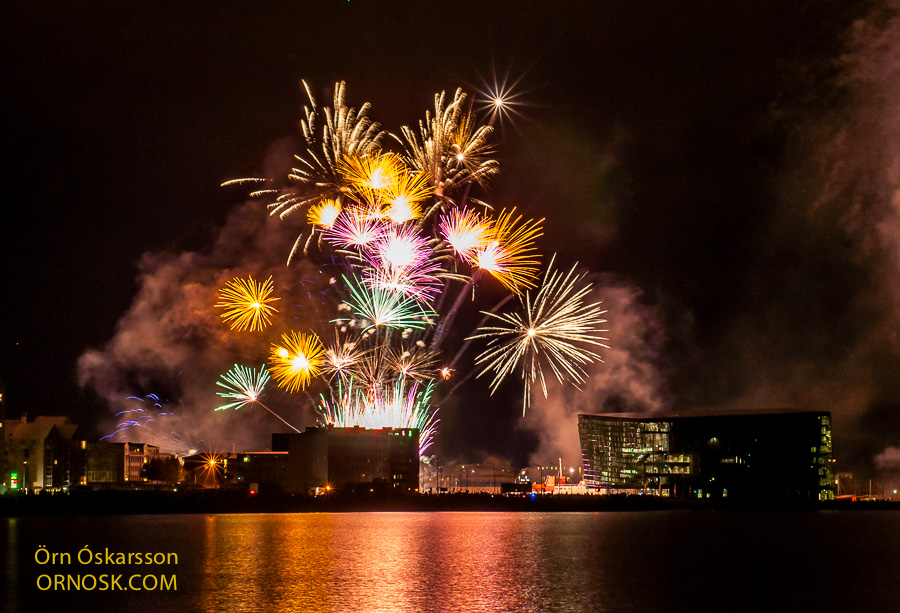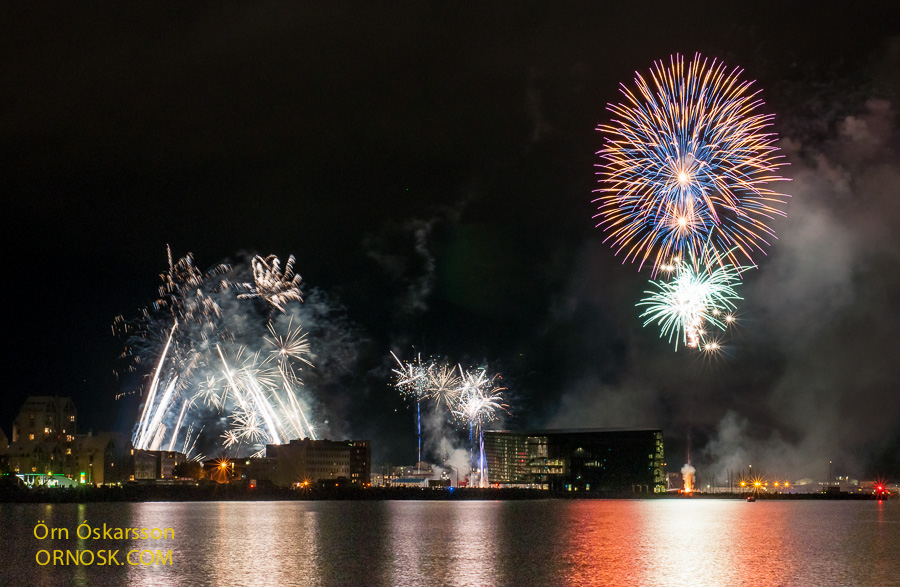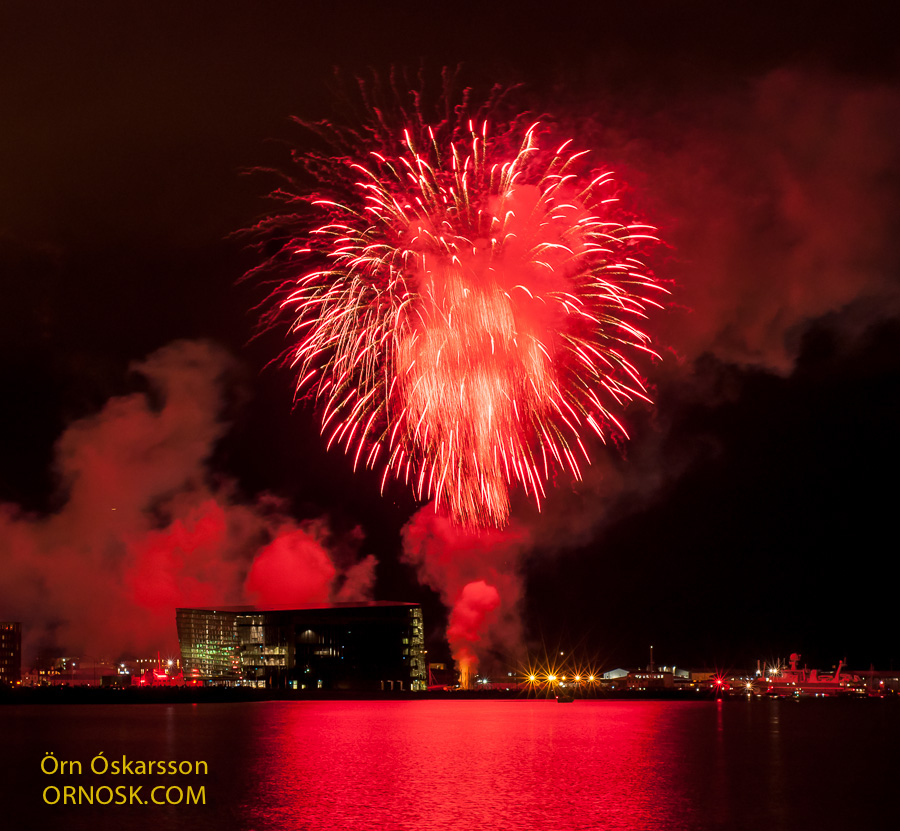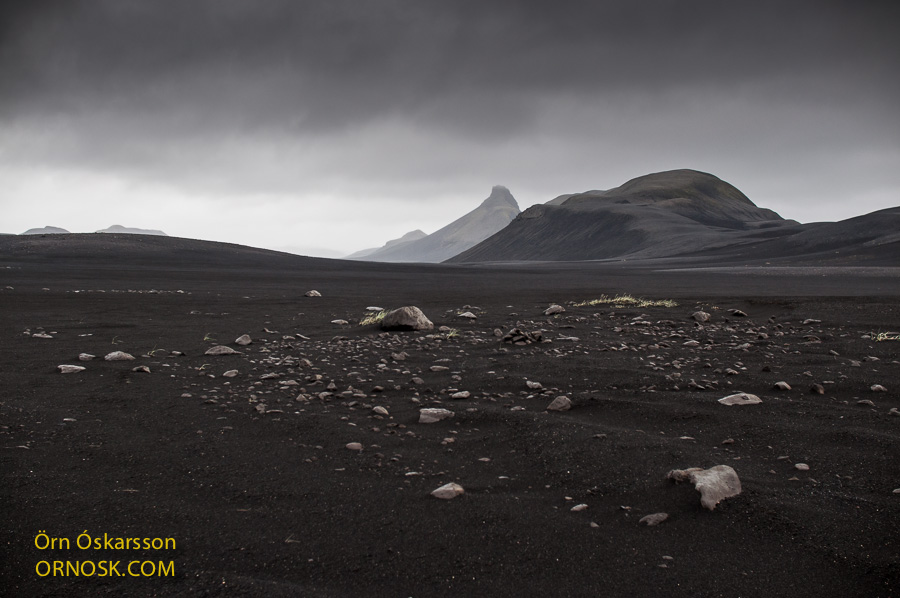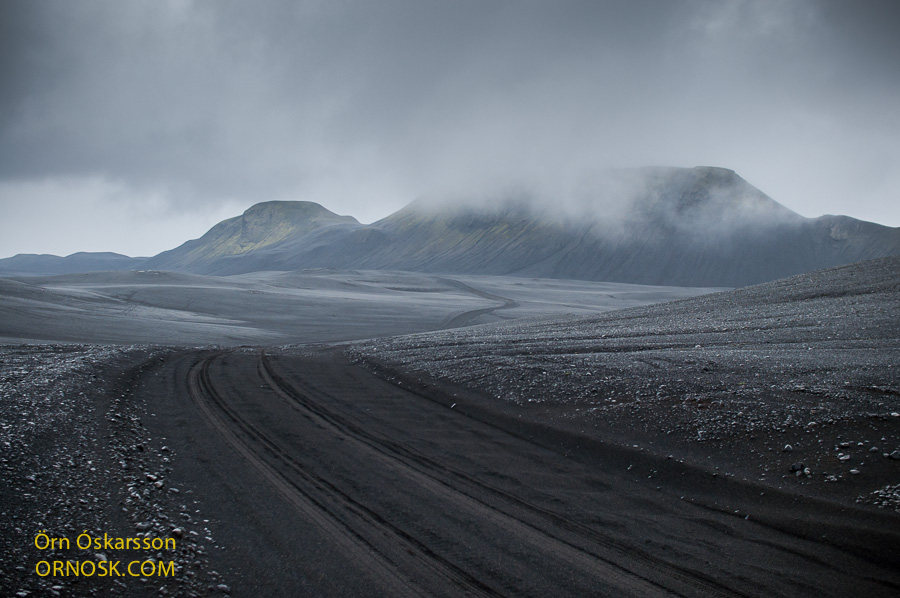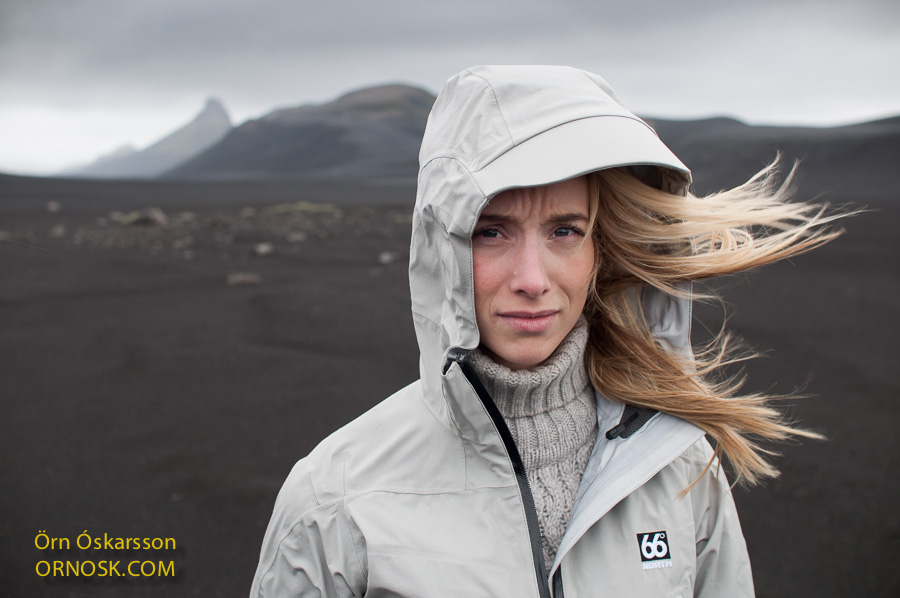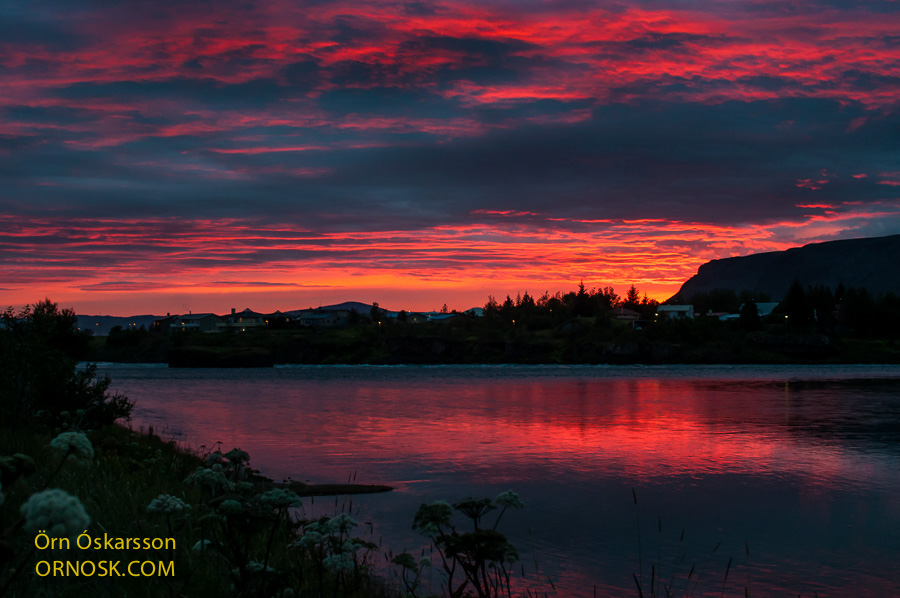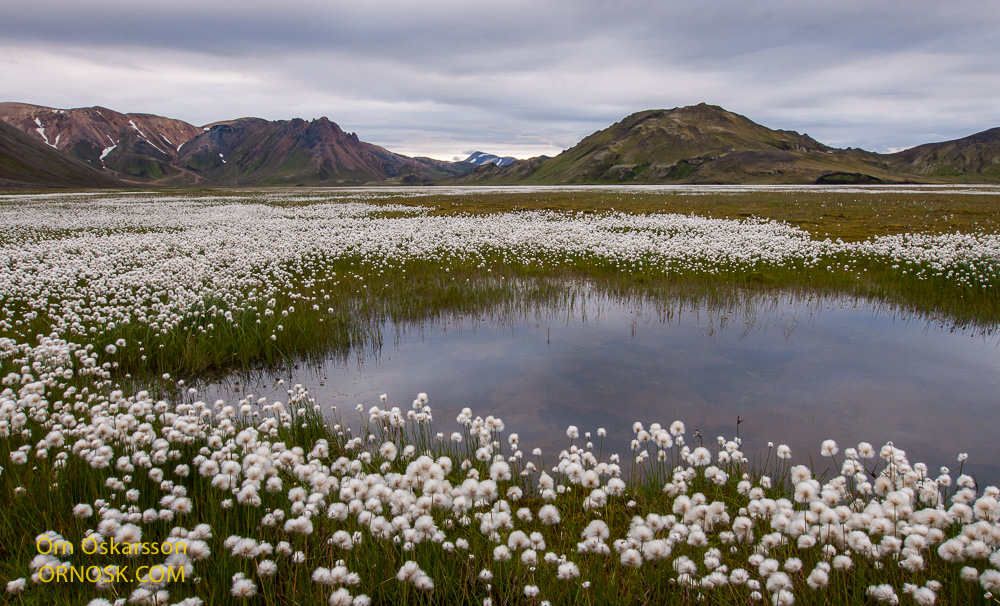
From far off you can easily mistake white cottongrass (Eriophorum scheuchzeri) for snow. Its beautiful white fields are very prominent in the scenery. Here in Kýlingar, near Landamannalaugar in the Southern Interior, white cottongrass grows in the fertile soil from a former glacial river. 40 years ago there used to be a lake here that has been filling up with mud and clay from the river. Now we have this beautiful wetland with shallow crystal clear creeks and cotton grass growing luxuriantly.
The bird life in the spring is probably an interesting sight but it is not an easy place to visit because the roads usually do not open until late June or beginning of July.
The Landmannalaugar area attracts a lot of tourists in the summer time. For photographers it is exceptional in its diversity and colours. Here is Atli photographing, visit his Flickr page: https://www.flickr.com/photos/atlapix/

